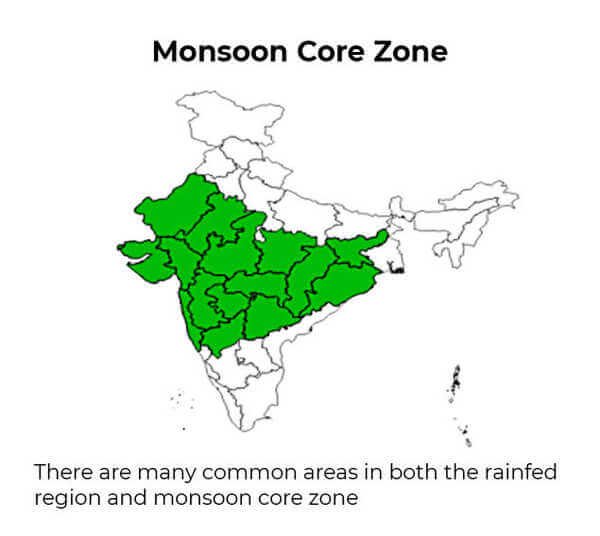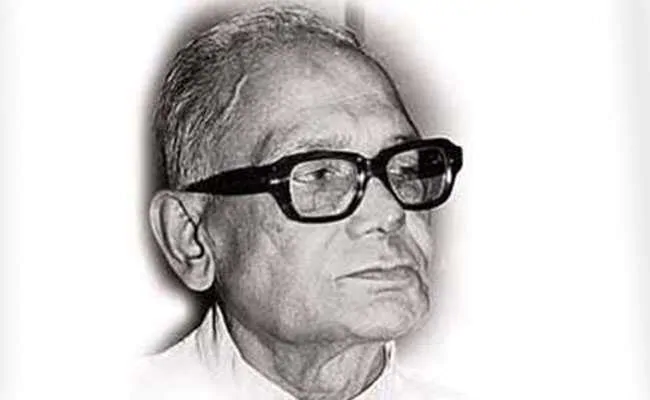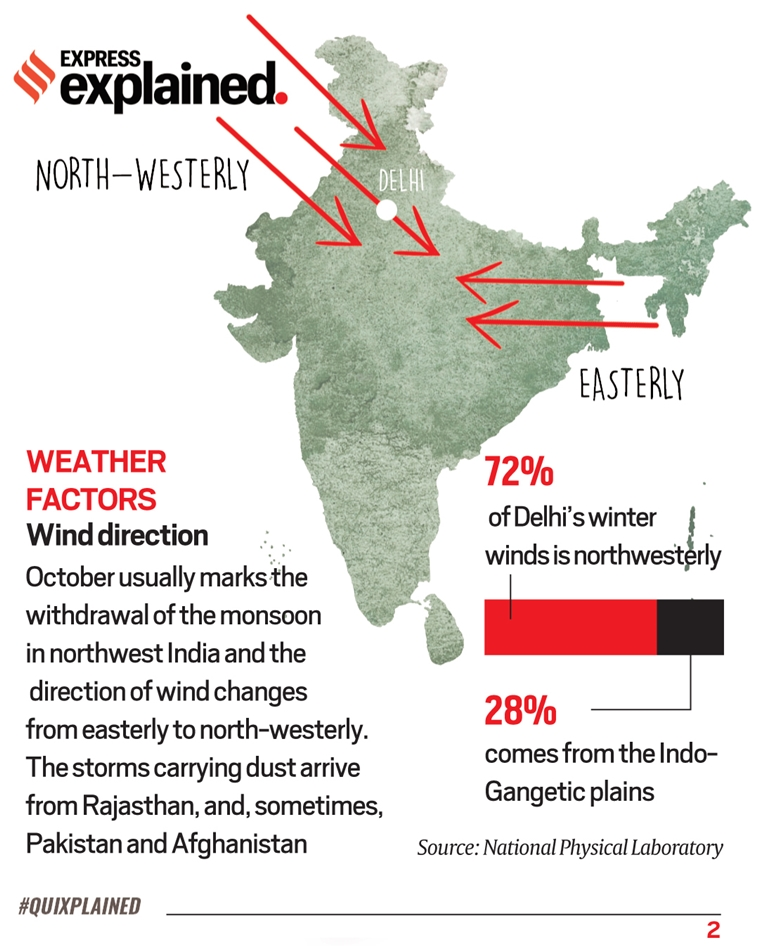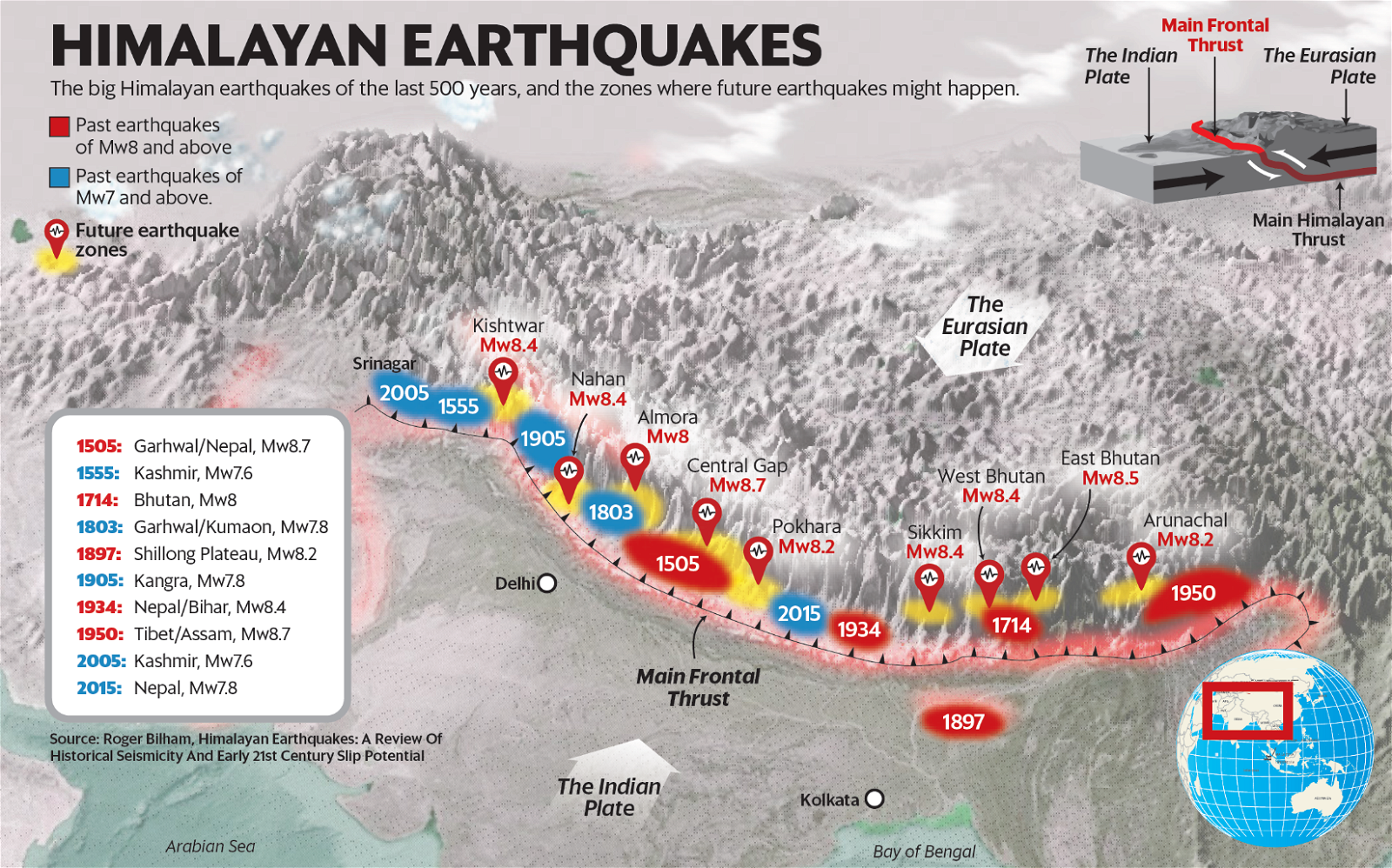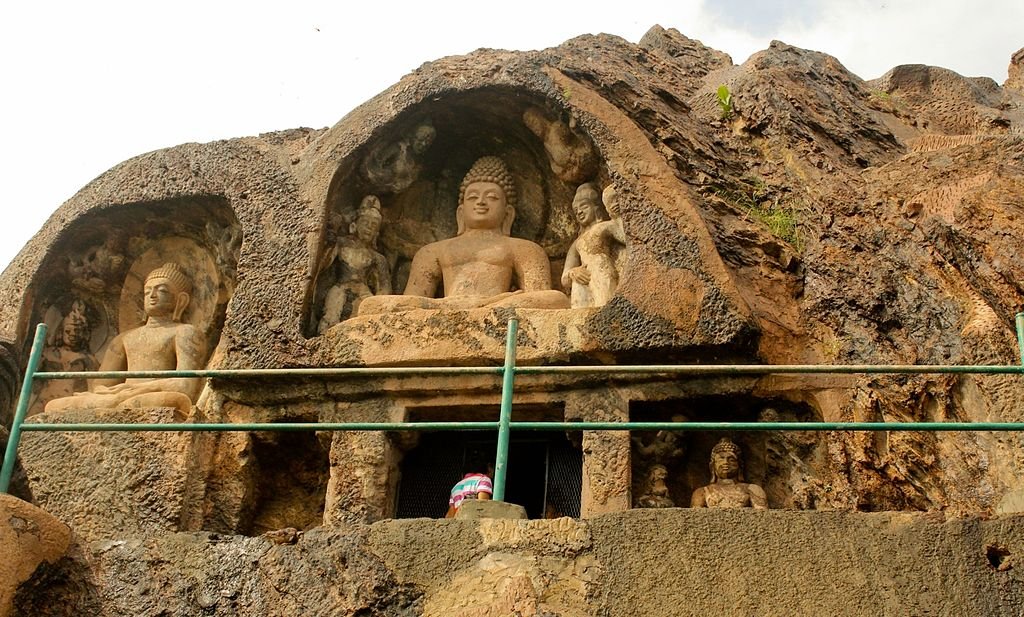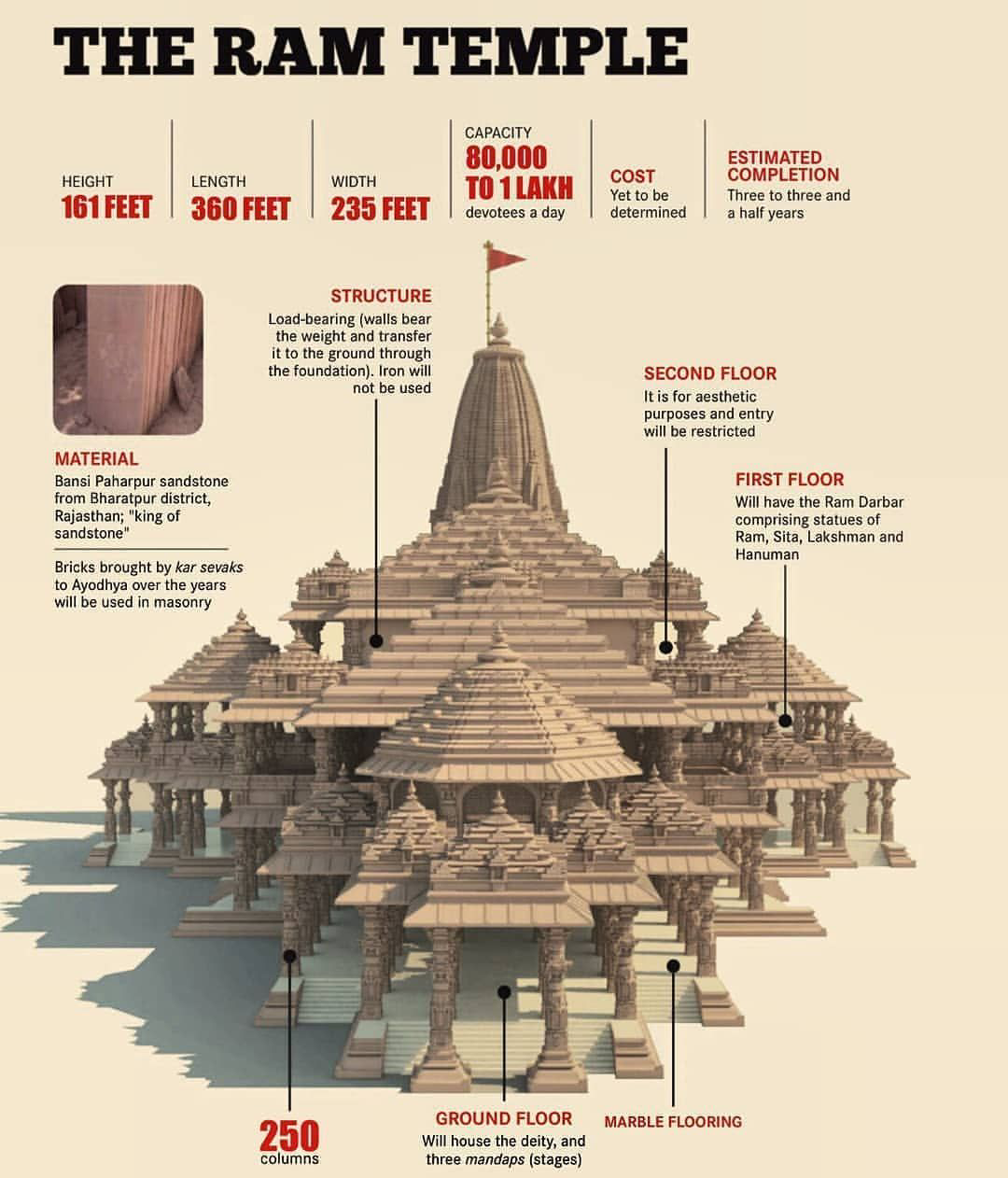
Kharsawan Massacre
Subscribers of "Current Affairs" course can Download Daily Current Affairs in PDF/DOC
Subscribe to Never Miss an Important Update! Assured Discounts on New Products!
Must Join PMF IAS Telegram Channel & PMF IAS History Telegram Channel
- Context (IE): On January 1, 1948, the town of Kharsawan in Jharkhand witnessed a massacre similar to what happened in Jallianwala Bagh in 1919.
- Police opened fire at a crowd gathered for a protest, killing thousands of Adivasis.
Historical Background
- In 1912, the Bengal Presidency was partitioned to create the Bihar and Orissa Provinces.
- In 1912, the demand for a separate tribal state was raised for the first time in Jharkhand.
- A large Adivasi population, with its distinct culture, had many grievances with the British and non-tribal populations.
- This demand gained momentum, with the Simon Commission acknowledging the distinct nature of the region in 1930.
- In 1938, the Adivasi Mahasabha, led by prominent leader Jaipal Singh Munda, was established to further this cause.
- This opposition and protest was part of the Praja Mandal movement.
Kharsawan’s Merger with Odisha
- At the time of Independence, Kharsawan, alongside 24 other princely states in eastern India, decided to accede to the Union of India and join the state of Orissa.
- Most Adivasis wanted a separate Adivasi state and did not support their merger with Odisha, nor did they want to merge with Bihar.
The Massacre
- In 1948, a large gathering was organised in Kharsawan to protest the merger.
- Over 50,000 people, including those from distant villages, assembled.
- The large crowd and tense atmosphere led the Orissa military police to open fire, resulting in a massacre.
- The exact number of casualties remains unclear, with estimates ranging from a few dozen to several thousand.
- The bodies were disposed of in a well, and the jungle and many injured were left untreated.
Praja Mandal Movement
- The Praja Mandal movement was a significant part of the Indian independence movement from the 1920s.
- People living in the princely states, subject to the rule of local aristocrats rather than the British Raj, campaigned against those feudatory rulers and sometimes the British administration.
Reasons for the Movement
- Princely states enjoyed little independence from the British Empire and were treated as subordinate or feudatory powers.
- People in British provinces were given political rights and allowed to participate in the administration.
- High economic burden through taxation, poor educational standards and social services pushed the anger against the feudatory rulers, British raj and non-tribals in tribal belts.
- The protestors attempted to improve their civil and democratic rights.
Response to the Movement
- Nagpur session of 1920: Congress called upon princes to grant responsible government. However, political action in states could not be taken in the name of Congress. This stand continued till 1935.
- The first All-India States People’s Conference (AISPC) session was held in Bombay in 1927.
- This conference brought together the representatives of princely states and called for encouraging political dialogues.
- The AISPC was a conglomeration of political movements in the princely states of the British Raj.
- Cooperation was increased with the state’s peoples’ conference. Committees could be formed in states, but no direct action would be taken.
- In 1935, Jawahar Lal Nehru was invited to become president of the AISPC.
- Lucknow session of Congress, 1936: INC Stated that people of states should have the same rights of self-determination as those of the rest of India.
- Haripura Session of 1938: Problems of states were discussed in detail. The demand for Purna Swaraj was from India, including the princely states.
- Still, state movement could not be launched in the name of Congress.
- Tripuri Session, 1939: Shift in the policy of Congress. A resolution was passed enunciating its new policy by completely removing restraints on itself.
- During the Quit India Movement, Congress formally extended the call for launching a struggle to the people of states.





![PMF IAS Environment for UPSC 2022-23 [paperback] PMF IAS [Nov 30, 2021]…](https://pmfias.b-cdn.net/wp-content/uploads/2024/04/pmfiasenvironmentforupsc2022-23paperbackpmfiasnov302021.jpg)
